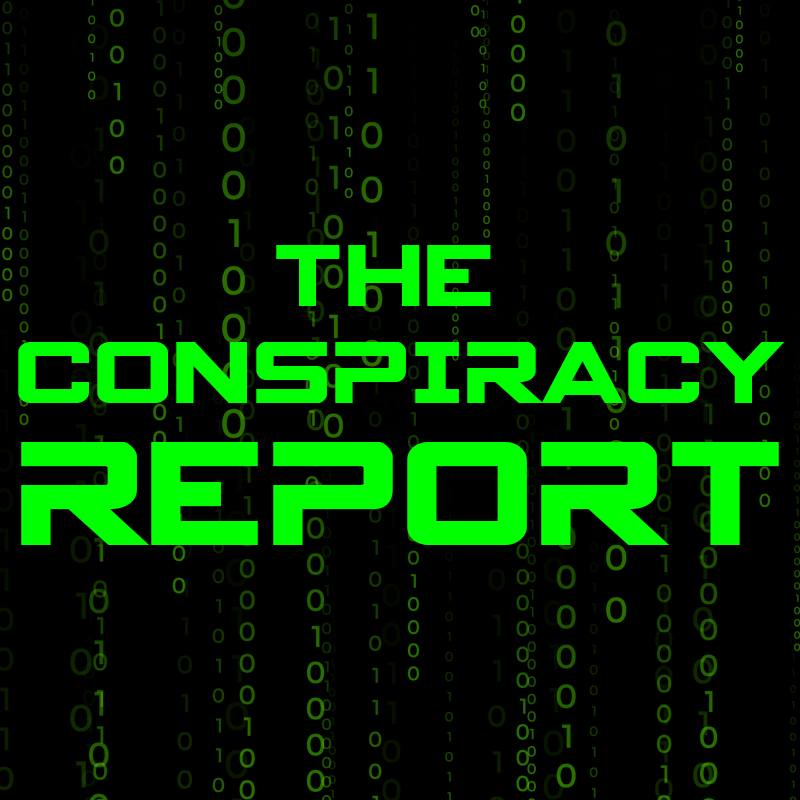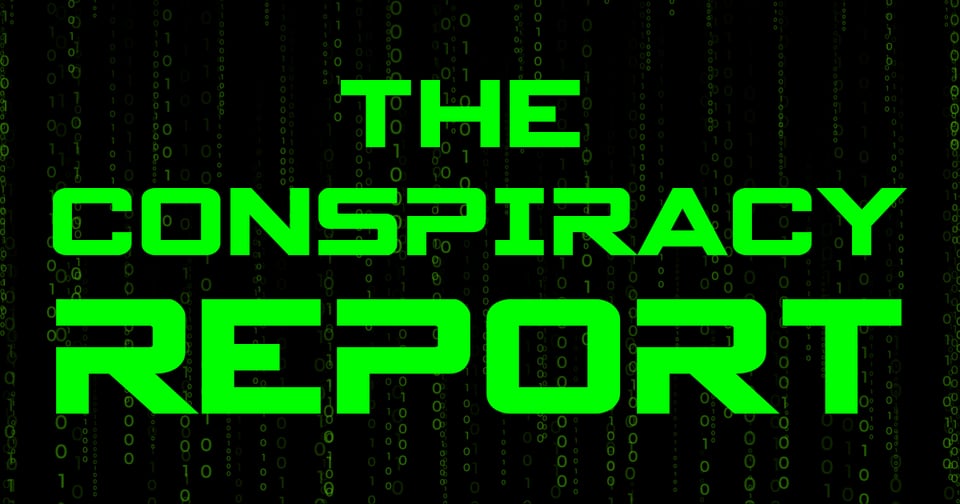July 11, 2025, 6:03 a.m.
Days of Wine and Poses: Grapes, Greed and Bogus Bottles

The Conspiracy Report

By Egon E. Mosum
Dracula may have had certain insights we don’t, showing us the advantage of living five centuries.
He said he never drank… wine.
After reading this article, you might give that perspective some serious thought. Not all that glistens is gold and not every bottle that proclaims a vintage and a point of origin is telling the unvarnished truth.
There are sour grapes, and there is wine.
In reality, they aren’t all that different. It’s just that when it comes to wine there is a mystique, an aura, or more accurately said, a marketing ploy.
There once was Ripple for the cheap seats and the paper bag crowd, although it died over forty years ago. There still is Chateau Lafite Rothschild which is for the raised pinkie and trust fund crowd.
But of course, where there is a profit to be made in labels and reputations, there are even more profits to be made by passing off the ersatz as the bona fide bottle of plonk.
This brings us to the subject of today’s article: the cash in counterfeit wine…
Crypto whales have quietly accumulated $62 million worth of a single protocol in just 72 hours.
This is calculated accumulation by the smartest money in crypto... into a protocol that processes more transactions than most banks... holds more assets than entire hedge funds... and generates more fees than 99% of DeFi platforms.
Yet... this cryptocurrency still trades for a tiny fraction of what Bitcoin costs.
The math doesn't add up.
But smart money knows something retail investors don't.
Two catalysts are about to converge:
Major tokenomics upgrade that redirects $6 million annually to holders.
Institutional partnerships that could bring trillions in traditional assets on-chain.
When these hit, the current price will look like pocket change.
Discover the protocol that crypto whales are secretly accumulating.
There are great artists, and there are those who are great forgers of the works of great artists. It applies to paintings, it applies to wine.
One of the great artists when it came to wine forgery, a master of the bogus bottle, was Rudy Kurniawan. Besides being known for the sophistication of his palate, he was known for selling at auction a lot of expensive wine.
It worked quite well for a while, until, as was reported in The Guardian, ‘the FBI got involved. In March 2012 they raided Kurniawan’s house in Arcadia, California. They found a fully equipped counterfeiting workshop, complete with corking tools, labels, empty bottles and extensive tasting notes.’[1]
Now, apparently, our Rudy did not read his bible correctly, and misunderstood the message of Matthew 9:17 where it was advised, ‘Neither do men put new wine into old bottles: else the bottles break, and the wine runneth out, and the bottles perish: but they put new wine into new bottles, and both are preserved.’
Instead, according to the Guardian article, ‘Kurniawan had been taking cheaper wines – though still better than you will find in your average off-licence [liquor store] – and putting them in more expensive bottles, or altering bottles to appear more valuable.’[2]
Unfortunately for Kurniawan, he was caught and received a ten-year sentence in a California prison in 2014.[3]
While Rudy was cooling his heels in a jail cell, ‘in 2020, the world of wine was rocked by the news that a counterfeiting ring had been selling high-quality fake bottles of the famous elite “Super Tuscan” wine, Sassicaia, particularly the highly sought-after 2015 vintage, at roughly one-third of the price of the authentic wine.’[4]
If it’s too good to be true, it ain’t true, and what was supposed to be Super Tuscan… wasn’t.
Now while the wine was bogus, the profits in pushing it were very real, and very impressive. It was estimated ‘at around €400,000 ($470,000) per month.’[5]
These were careful counterfeiters who ‘paid meticulous attention to every aspect of the production, from the color of the bottles to the size of the caps.’[6]
Now, wine making has been going on for thousands of years. So has wine fraud.
‘Wine fraud is not just a modern phenomenon. In the 1st century CE, Pliny the Elder lamented the deceitful adulteration of wines with foreign substances to alter their taste, appearance, or volume.’[7]
So, how widespread is the phony vintage problem? ‘The general consensus over the last half decade is that fraudulent wine accounts for about 20% of the total wine market, or $67.9 Billion in 2020.’[8]
However, that might prove to be optimistic. In 2016 ‘the European Union Intellectual Property Office released a report stating that 8.6% of wines from the European Union were counterfeit,’ and ‘the Comité National des Conseillers du Commerce Extérieur de la France (CNCCEF) released a report stating that 50% of wines in China were fake or misleading.’[9]
WHY YOU SHOULD CARE
It’s always nice to eviscerate an old saying, and when it comes to the above data regarding wine fraud, that Latin old saw, In Vino Veritas, (in wine, truth), gets tossed right out of the Coliseum bleachers.
What isn’t so nice is paying real money for counterfeit goods, (especially when they don’t come from China, where you would expect it).
Recent studies show that no alcohol in any amount is good for your health, quite the contrary. So when you’re paying your hard-earned money to drink something that goes well with your steak, but not so well with your liver, you want the real deal.
There are decent odds, according to those in the know, that when you pay for a ‘name’ in a wine, you may be buying a bogus bottle at what you thought was just a bargain price.
When you buy any luxury product, a great deal of what you are paying for isn’t any superb quality, but hype and marketing. Wines only go up to a certain percentage of alcohol by volume, unless they are fortified with more alcohol, so you can get just as drunk on a cheap burgundy, as you can on a 1981 Barolo.
It’s just that the latter costs a hell of a lot more than the former — and yes, it is definitely better if it is the real thing.
There are no bragging rights to the bargain-basket bin bottle, there’s no panache in a cheapo port.
Only one part of drinking a famous vintage is the actual drinking of it, there is the presentation, the ritual, the fakery that you have any idea what you are doing sniffing, glass rolling, and tasting.
The wine wunderkind wants to show off his good taste, his knowledge of the grape and its origins; he wants to be the connoisseur of the cup.
He wants to put on a show for the table, and impress that sommelier who is making a commission of around twenty percent or so on whatever he is able to push on the ‘guests’ of ‘la maison.’
Yet, if we look at the chances of that expensive bottle being new crap in an old bottle with a bogus label, our connoisseur has a significantly good chance of being conned.
Sources:
[1] THE GREAT WINE FRAUD Ed Cumming 9/10/16 THE GUARDIAN https://www.theguardian.com/global/2016/sep/11/the-great-wine-fraud-a-vintage-swindle
[2] IBID.
[3] IBID.
[4] THE ECONOMIC IMPACT OF WINE COUNTERFEITING Kuang, et. al CAMBRIDGE UNIVERSITY PRESS 12/28/24 https://www.cambridge.org/core/journals/journal-of-wine-economics/article/unraveling-the-economic-impact-of-wine-counterfeiting-an-analysis-of-the-sassicaia-2015-scandal-and-its-consequences/3F02111B2518B08A51CBE490CCC78FAA
[5] ITALIAN POLICE SMASH FAKE WINE RING 10/19/20 Wine Searcher https://www.wine-searcher.com/m/2020/10/italian-police-smash-fake-wine-ring
[6] IBID.
[7] THE ECONOMIC IMPACT OF WINE COUNTERFEITING op.cit.
[8] HOW ACCURATE ARE THE FIGURES ON WINE FRAUD? 10/22 Allan Liska, INSIDE BORDEAUX https://janeanson.com/how-accurate-are-the-figures-on-wine-fraud
[9] IBID.